We’ve already heard news that Google plans to release Android 16 early next year, and it seems Google is taking that pledge to heart. In fact, the first Android 16 developer preview is set to be released today — which is significantly earlier than we would have previously expected.
For reference, the first developer preview for Android 15 was released back in February, followed by the first beta release in April. So Google is effectively running 3 months ahead of schedule, and that’s reflected in the official release timeline. According to that, Google should release the first beta version of Android 16 in January and then enter platform stability in March. The final Android 16 release will be sometime after April, the month Q2 2025 officially begins.

Considering Android 15 release much later than many people had hoped, things do seem to be moving rather quickly. Google has also elaborated promising that the Major SDK release will happen in Q2 2025, complete with Behavior changes, APIs and new features. Then a minor SDK release will follow in Q4 with new APIs and features — but without any “app-impacting behavior changes”.

That suggests that Android 16’s release will be officially split in two. Google has emphasized that the usual quarterly updates will continue as expected, but highlighting the minor SDK release this way confirms that it’s a totally different beast.
Android 16 developer preview’s newest features
There isn’t a lot to know about how Android 16 will change, though Google has revealed a few details about what will be coming with the developer preview. The first is the latest version of Android’s Privacy Sandbox, which will offer more robust safeguards around users’ data collection and sharing. This will also feature SDK Runtime, which allows SDKs to “run in a dedicated runtime environment separate from the app they are serving.”
Also featured is a new version of the photo picker, which allows developers to embed the feature into the view hierarchy. In other words, it lets the picker feel more like an integral part of the app rather than something that’s been ham-fisted by the Android system. Crucially, this will still feature the isolation features that let users select which photos and videos are accessible by an app — rather than blanket everything-or-nothing permissions.
Finally, Google is adding a new API that can support reading and writing health records in the FHIR format. Provided there is direct user consent, of course. Google also claims that Android 16 will “mark a shift towards frequent API releases” to speed up changes without affecting stability.
No doubt we’ll be hearing more about how Android 16 will change in the coming months as we see further developer previews and the first official beta.
More from Tom's Guide
- Samsung Galaxy S25 just tipped for gaming upgrade the iPhone 16 can't match
- iPhone 17 performance just tipped for a big upgrade — here’s how
- Forget iPhone 16 Pro Max, the Asus ROG Phone 9 Pro has the best battery life we’ve ever seen
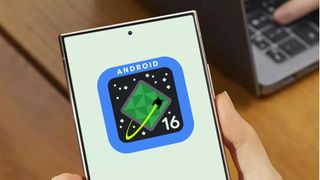
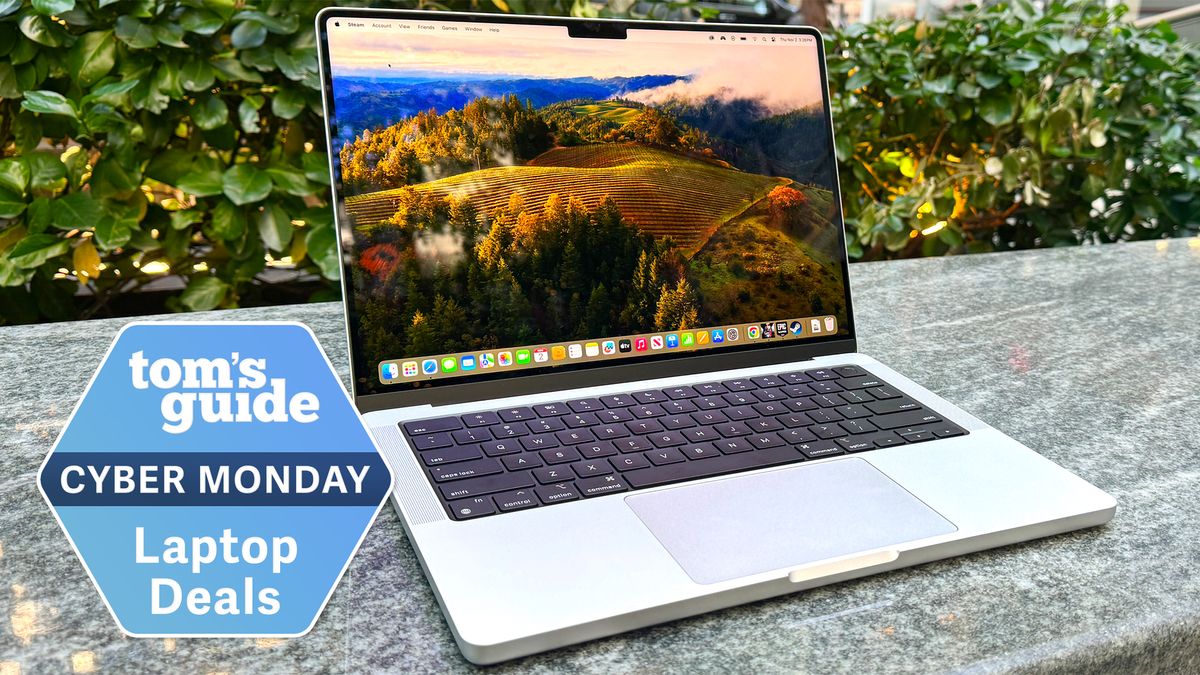







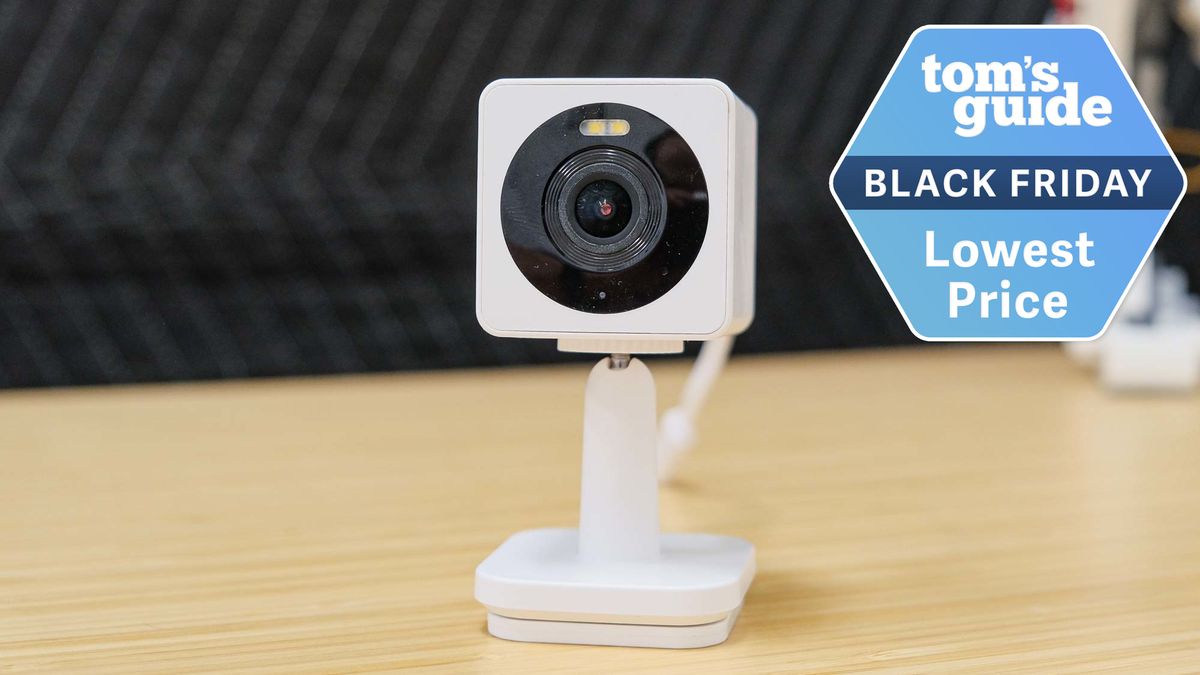
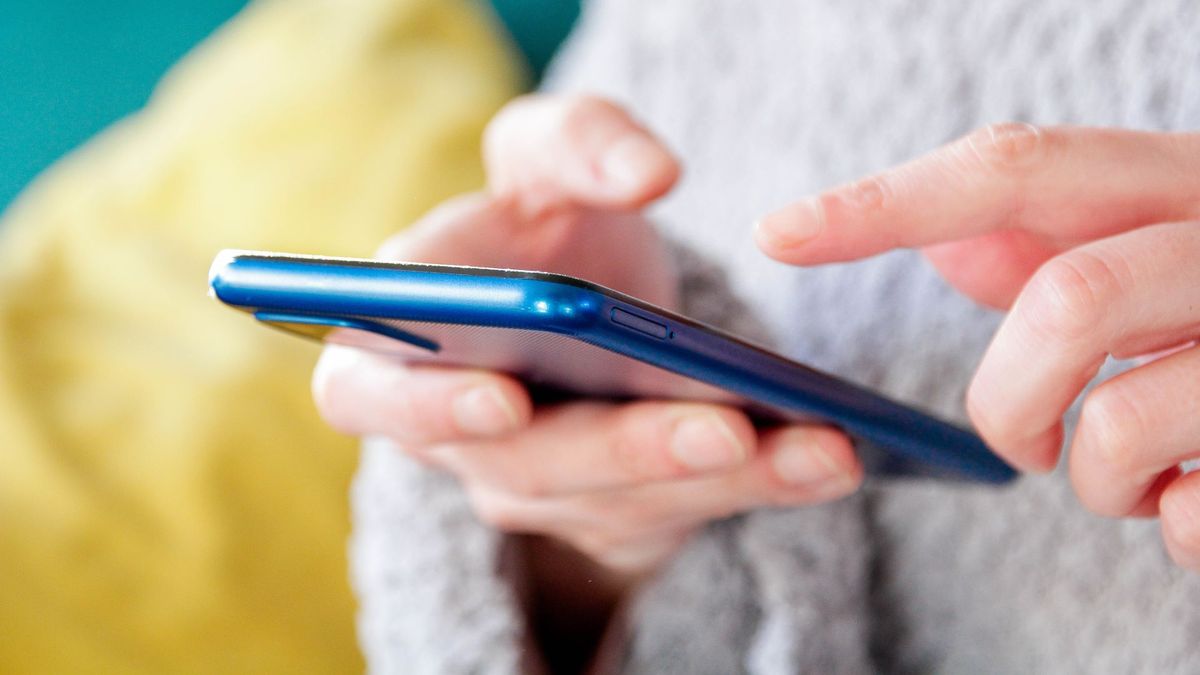

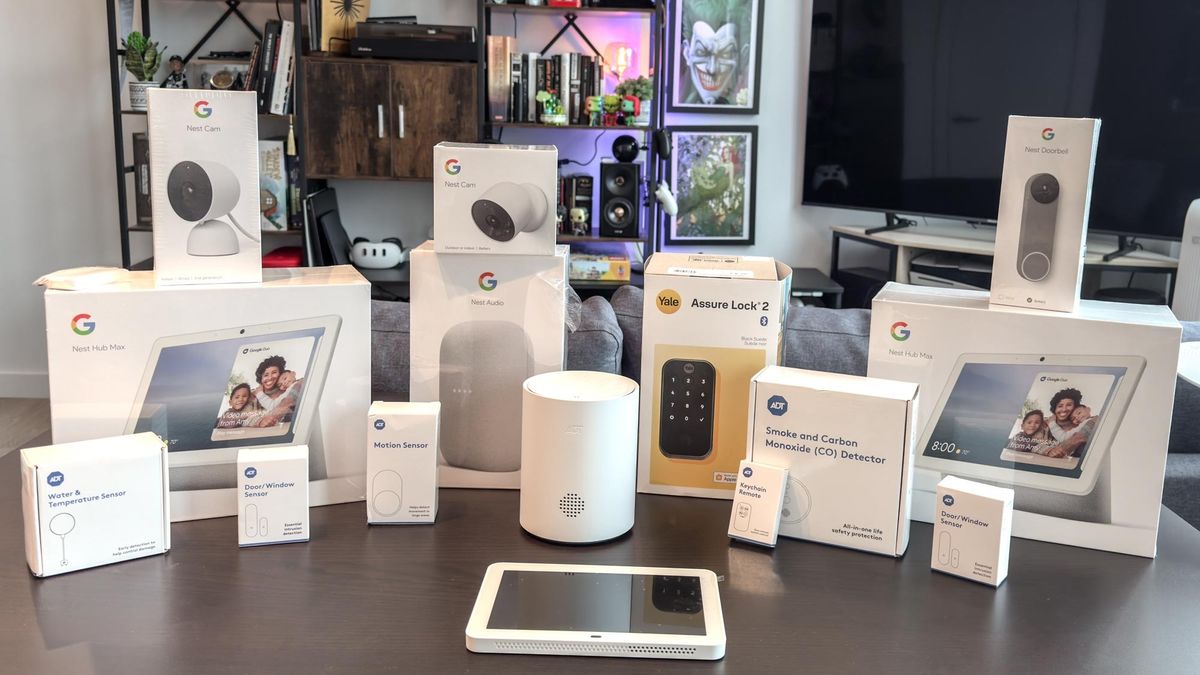








 English (US) ·
English (US) ·